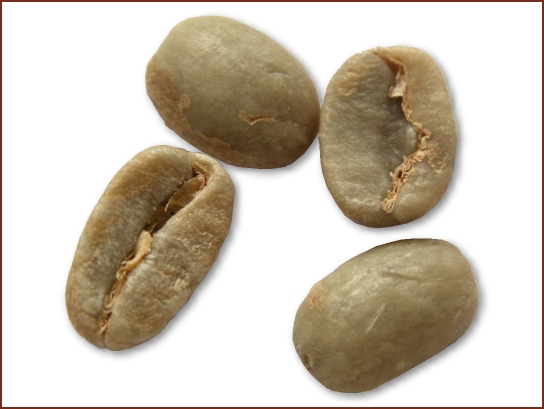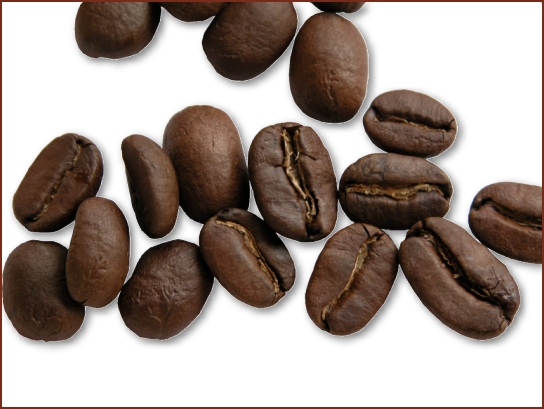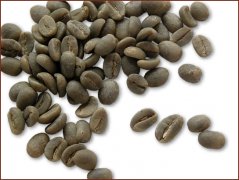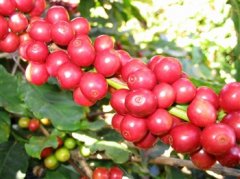Recommended Blue Mountain Coffee Bean Picture (Blue Mountain)
Published: 2025-12-27 Author: World Gafei
Last Updated: 2025/12/27,


Important Notice :
前街咖啡 FrontStreet Coffee has moved to new addredd:
FrontStreet Coffee Address: 315,Donghua East Road,GuangZhou
Tel:020 38364473
Coffee knowledge
boutique coffee beans
Blue Mountain coffee beans
Specialty coffee beans
Blue Mountain Coffee
drip coffee
moka pot
Flat white coffee
Coffee Latte
iced drip coffee
ICE-DRIP
Water Drip Coffee
ice drip coffee
Dutch Coffee
ground coffee
Specialty coffee beans
hand ground coffee
Coffee Latte
ice drip coffee
iced drip coffee
pour-over coffee
ICE-DRIP
Yunnan Coffee
Yirgacheffe
geisha coffee
Coffee website
Flat white coffee
moka pot
coffee bean
Blue Mountain Coffee
Coffee
Huakui coffee
Water Drip Coffee
Dutch Coffee
ground coffee
drip coffee
ice drip coffee
iced drip coffee
pour-over coffee
Yunnan Coffee
Blue Mountain Coffee
Huakui coffee
Water Drip Coffee
- Prev

Boutique Coffee beans recommended Bobang Coffee Bean Picture (Bourbon)
- Next

Basic knowledge of Coffee the main producing areas of Coffee in the World
The main coffee producing areas in the coffee market are mainly Coffea Arabica and Coffea Robusta. Each of them can be subdivided into more variety branches. Most of the coffee beans in circulation on the market are distinguished by their origin. The following lists some of the major coffee producing areas and their famous coffee: coffee producing areas in Asia and the Pacific:
Related
- Beginners will see the "Coffee pull flower" guide!
- What is the difference between ice blog purified milk and ordinary milk coffee?
- Why is the Philippines the largest producer of crops in Liberia?
- For coffee extraction, should the fine powder be retained?
- How does extracted espresso fill pressed powder? How much strength does it take to press the powder?
- How to make jasmine cold extract coffee? Is the jasmine + latte good?
- Will this little toy really make the coffee taste better? How does Lily Drip affect coffee extraction?
- Will the action of slapping the filter cup also affect coffee extraction?
- What's the difference between powder-to-water ratio and powder-to-liquid ratio?
- What is the Ethiopian local species? What does it have to do with Heirloom native species?

